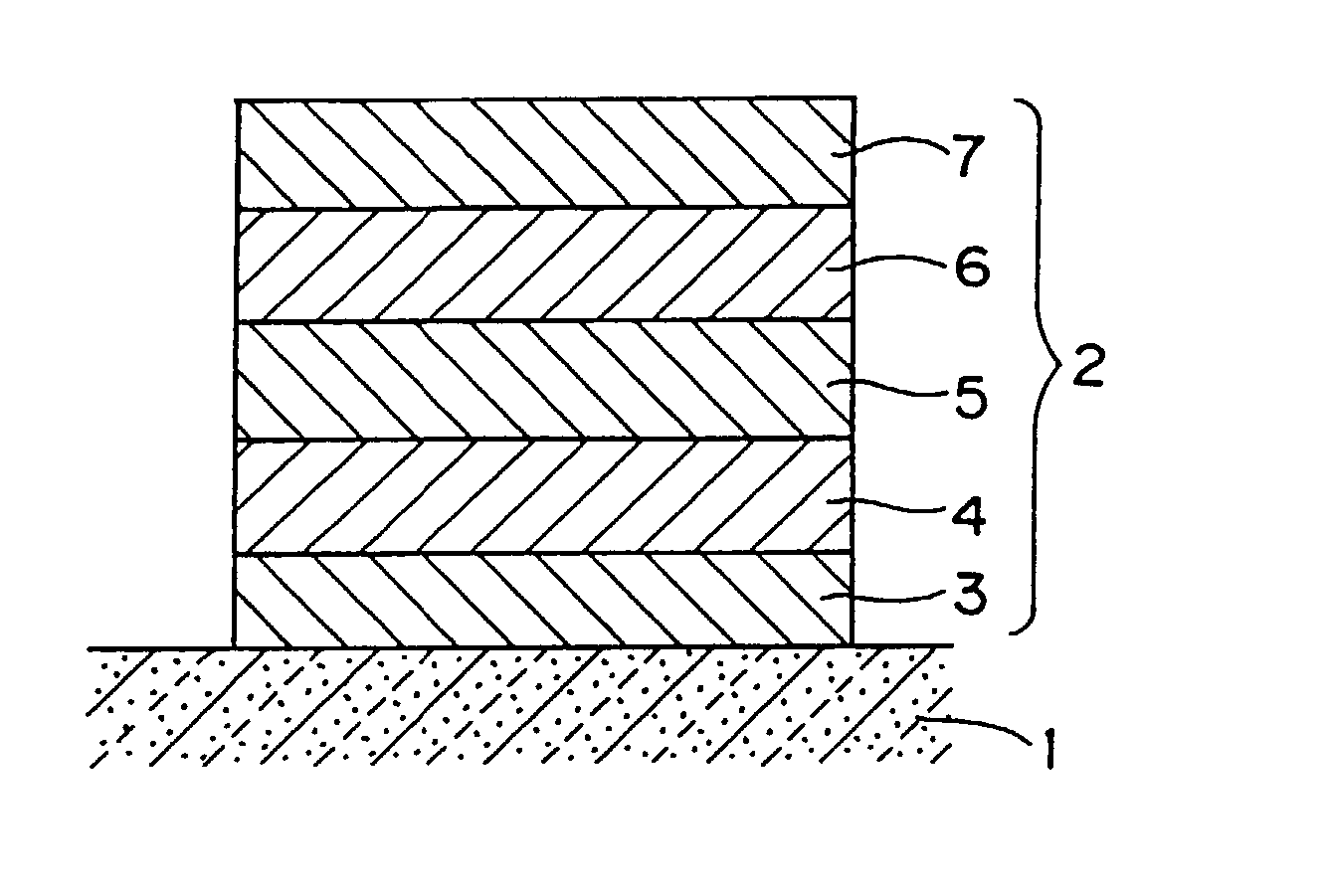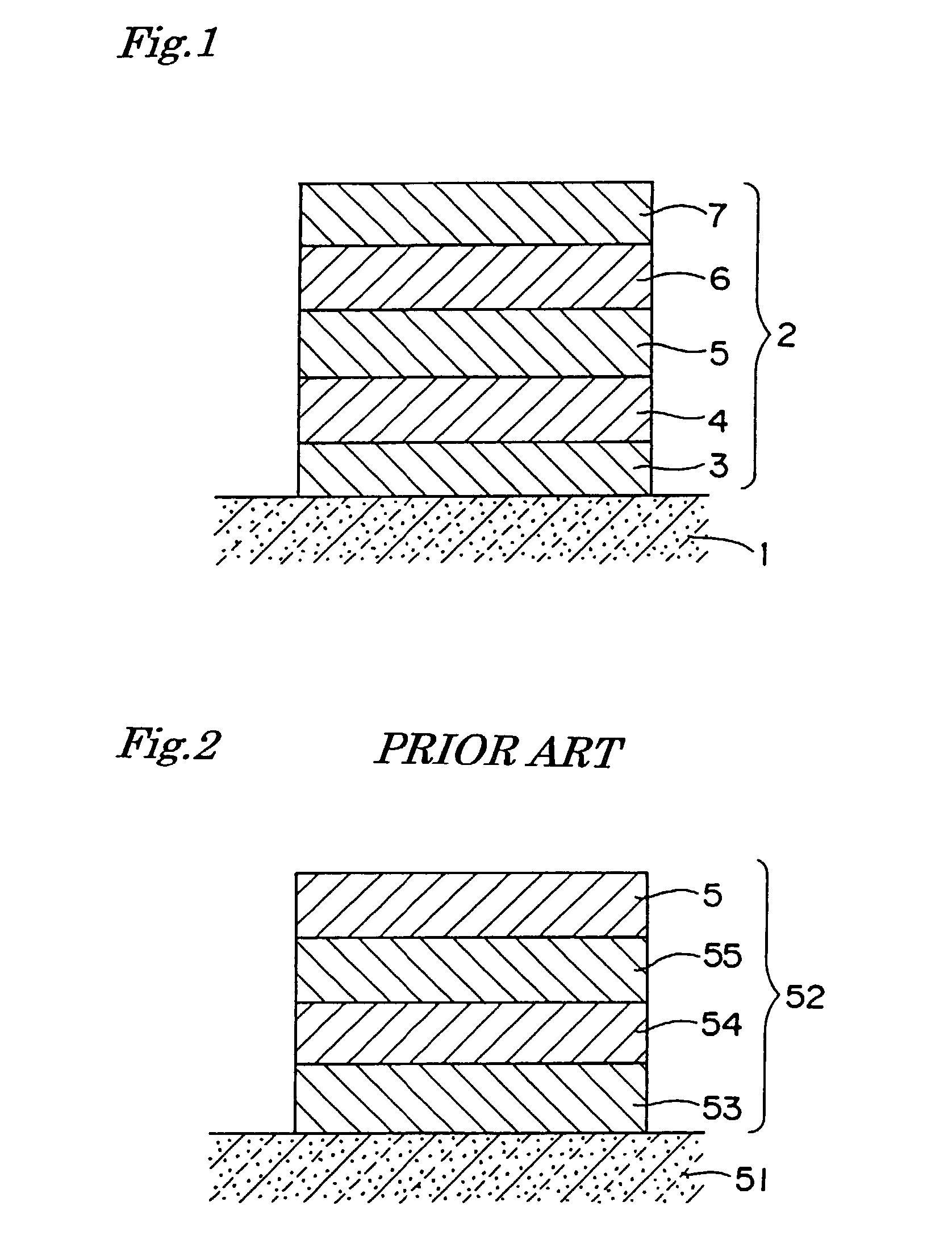Semiconductor device
- Summary
- Abstract
- Description
- Claims
- Application Information
AI Technical Summary
Benefits of technology
Problems solved by technology
Method used
Image
Examples
Embodiment Construction
[0030] 1. Formation of the Backside Electrode
[0031] The layers of aluminum, molybdenum, nickel; silver and gold were deposited in this order on the backside of the semiconductor substrate by vacuum deposition techniques. The thickness of the layers of aluminum, molybdenum and nickel were 500 nm, 2000 nm and 300 nm, respectively. The thickness of the layers of silver and gold were changed in the range of 0 to 2000 nm and 0 to 200 nm, respectively.
[0032] 2. Evaluation of the Solderability
[0033] Solder wettability and percentage of inter layer peeling of electrode were evaluated for the semiconductor device produced by the above-mentioned method. The solder wettability was measured by mi-scope ultrasonic inspection image analyzer (available from Hitachi Kenki Corporation.) and the percentage of rejection of soldering was calculated. The percentage of inter layer peeling of electrode was measured by universal bond tester 2400 (available from Daisy Corporation.) Further, surface analysis...
PUM
 Login to View More
Login to View More Abstract
Description
Claims
Application Information
 Login to View More
Login to View More - R&D
- Intellectual Property
- Life Sciences
- Materials
- Tech Scout
- Unparalleled Data Quality
- Higher Quality Content
- 60% Fewer Hallucinations
Browse by: Latest US Patents, China's latest patents, Technical Efficacy Thesaurus, Application Domain, Technology Topic, Popular Technical Reports.
© 2025 PatSnap. All rights reserved.Legal|Privacy policy|Modern Slavery Act Transparency Statement|Sitemap|About US| Contact US: help@patsnap.com


